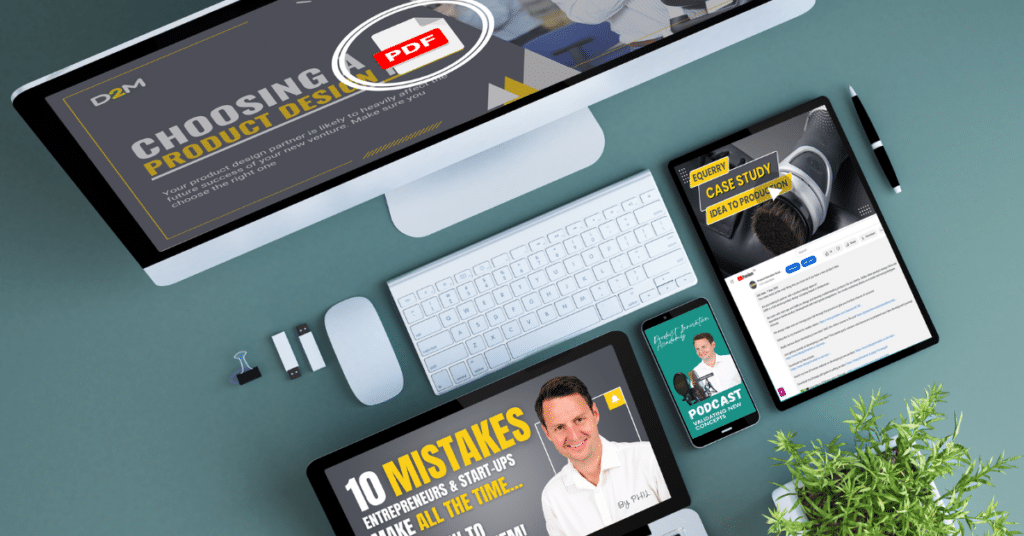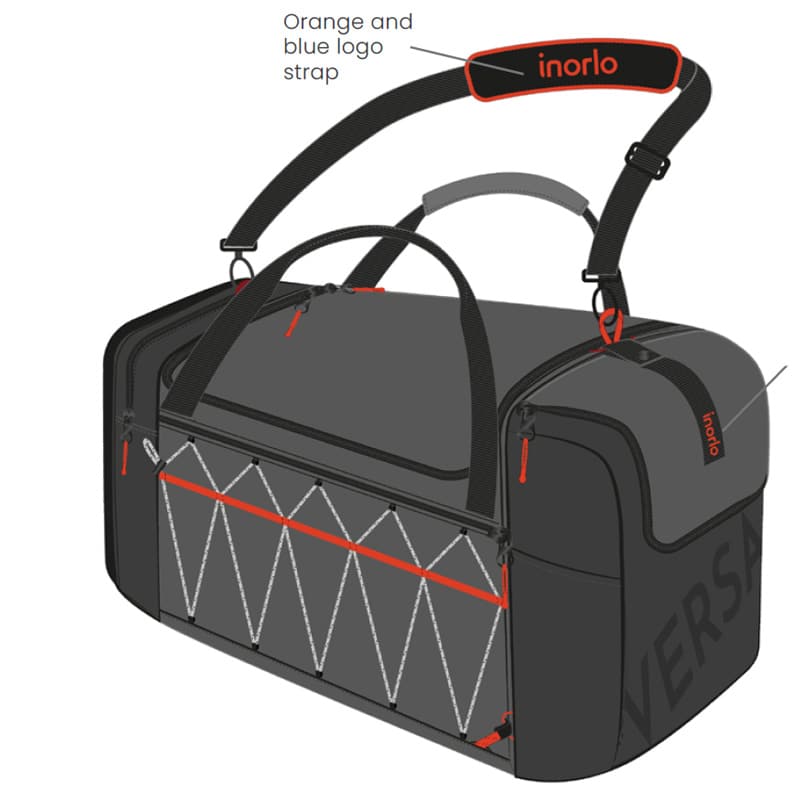Top tips for a minimal viable approach using sourced components
When getting a product to market we suggest a minimal viable approach. This is the most efficient way to get your product to market. Often this can mean sourcing parts from existing manufacturers rather than designing and making the whole thing from scratch.
If you were designing a soft plush dog toy, but your unique part of the product is that the dog has a secret compartment in the tail for a gps tracker, then you may consider using an off-the-shelf plush dog toy which the factory already makes and ask them to adapt the design to have the compartment sewn into it. This would save you time and money designing a new character and instead, you could spend your money on developing the compartment’s construction, and ultimately get your first factory sample made much quicker.
Later you can easily develop a range by asking the factory to change the colours of fabrics that the dog toy is made from. Alternatively, you could add the gps tracker compartment to different plush animal toys they already produce to make a range of animals at low cost. Eventually you might decide to develop your own characters, but at this point you will have revenue coming in from the initial products to market and a customer demand to give you confidence in paying for the custom design.
Custom electronics are very expensive too and so often in soft goods products we will look to use sourced in electronic components that can be sewn directly into the product by the textile factory. This negates the need for 2 factories which simplifies your production line and logistics. In our dog toy example, we might use a factory’s existing gps tracker used for pets or elderly people as a sourced component which is delivered to the textile factory for them to sew into the compartment.
This approach can also be applied at prototyping to save you money and time in the early development stages. Sometimes “placeholder” elements are used to allow the time in these stages to be focused on making the innovative part of the design from scratch. A great example of this is rucksack straps. When early prototyping a new rucksack design, we tend to take rucksack straps off of existing bags or buy in detachable rucksack straps. This is because we know that rucksack straps tend to follow a known shape and that eventually we will specify the straps exactly how we want them for the factory to make from scratch. So, in the early prototyping stages using existing ones saves time sewing them and allows us to experiment with the placement to determine the right weight distribution and wearability for the user of our new unique bag design.
The key to using sourced components in your final product is that the components are not owned by anyone and are allowed to be redistributed as part of a new product. The reason for using sourced in components as part of your design is not to just buy in a product, stick some branding on and resell it. This is very common in today’s market, that is full of knock-off copycat products or 10 versions of 1 product that are all the same with a different logo applied. This is unsustainable and only contributing more to mindless consumption.
Instead, the purpose of sourcing in components is to allow you to focus your time and development costs on the innovative feature of your product in order to create a product that provides the customer with a solution and improves their lives.
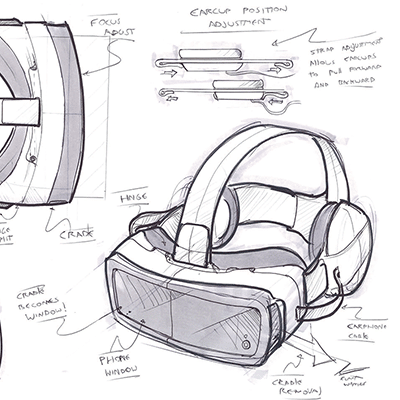
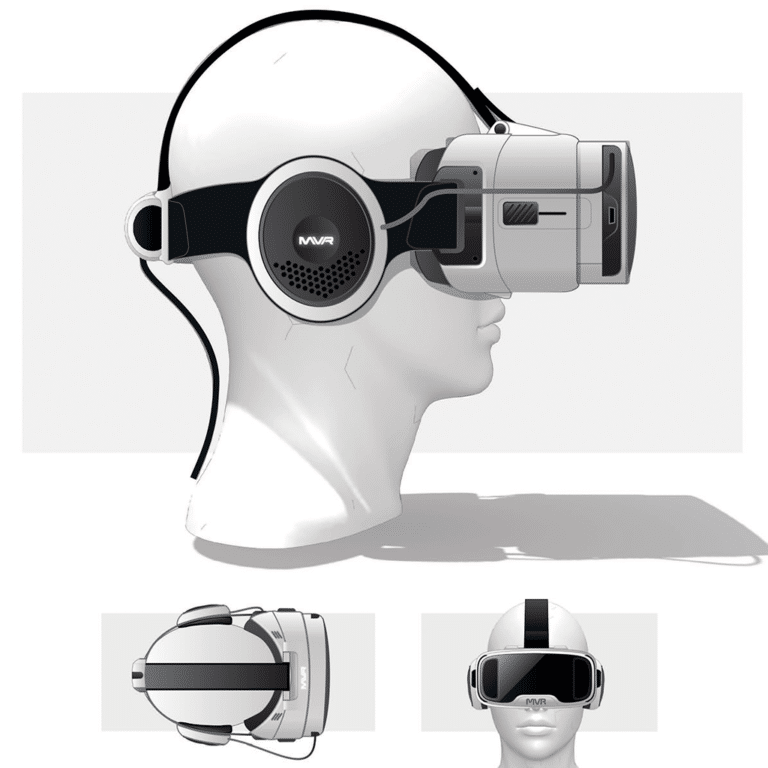
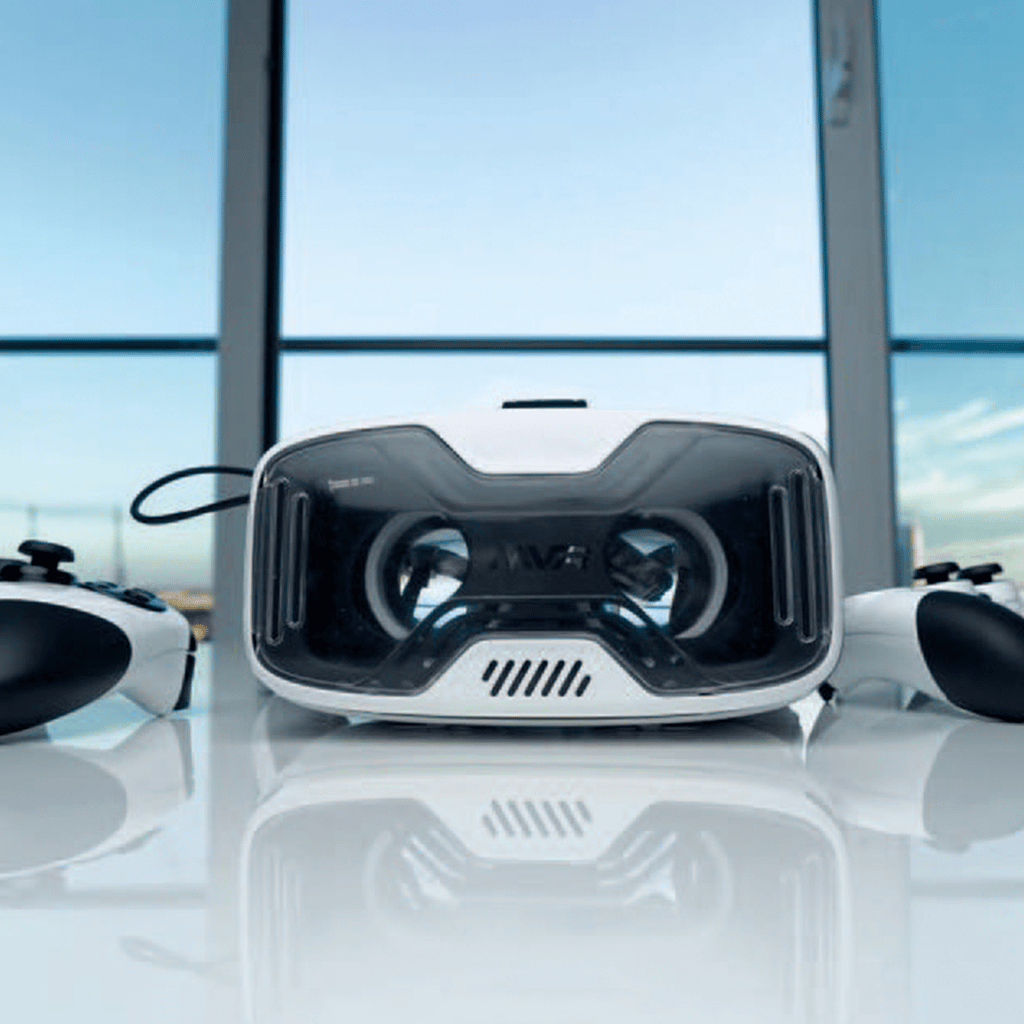
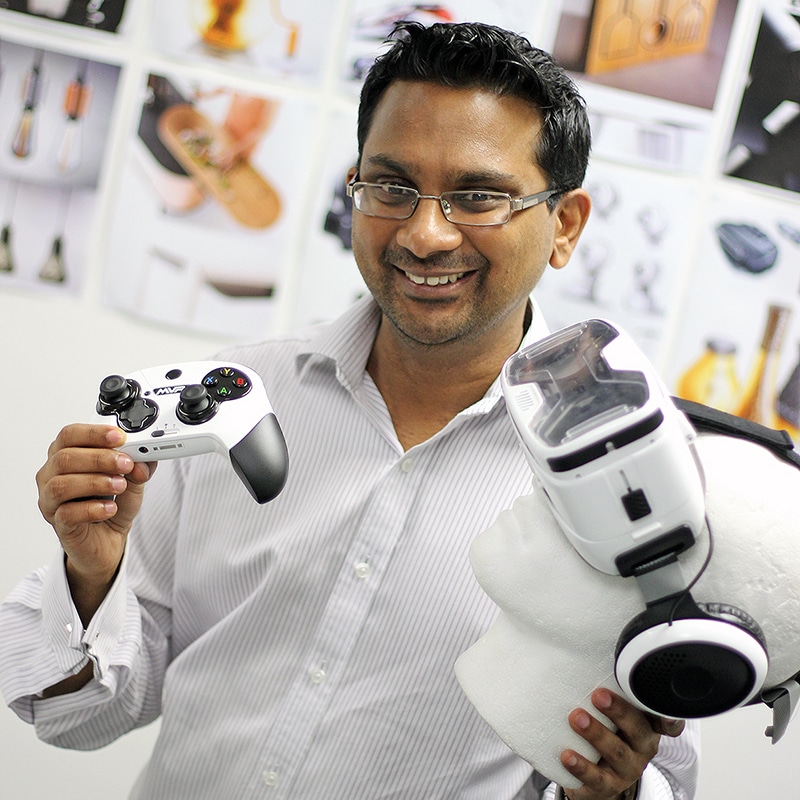
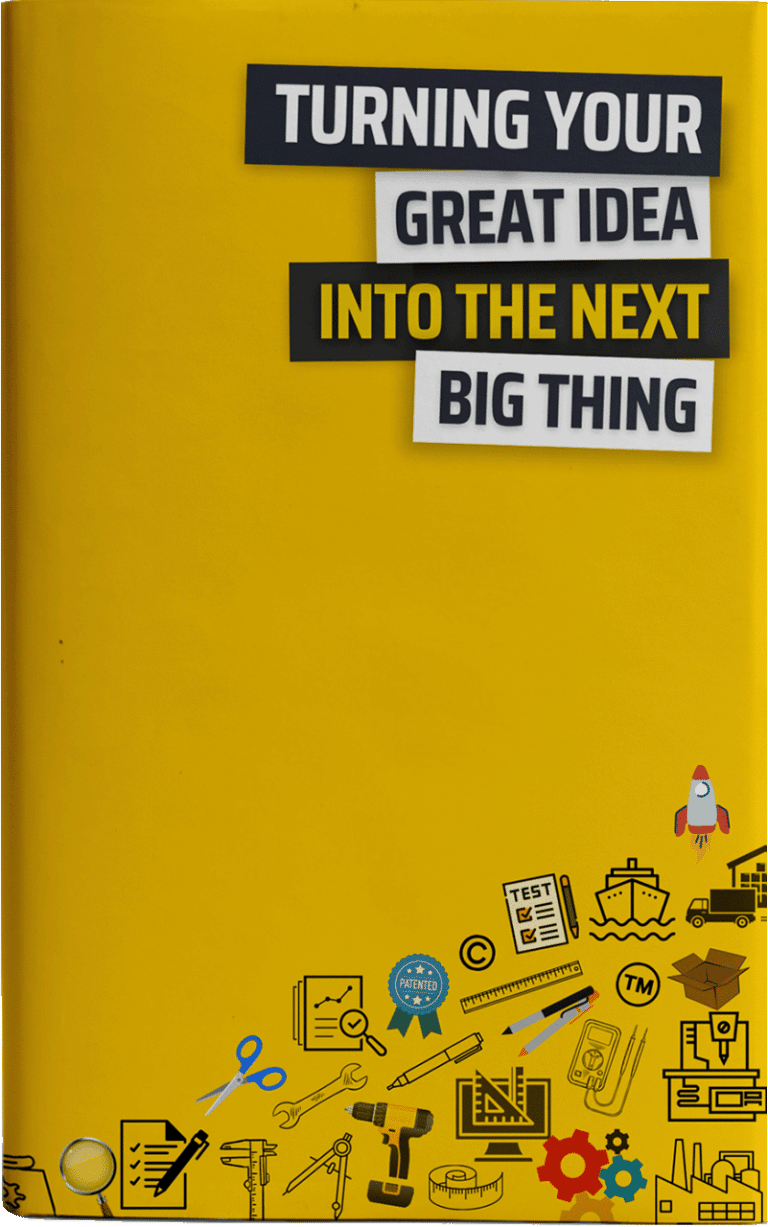
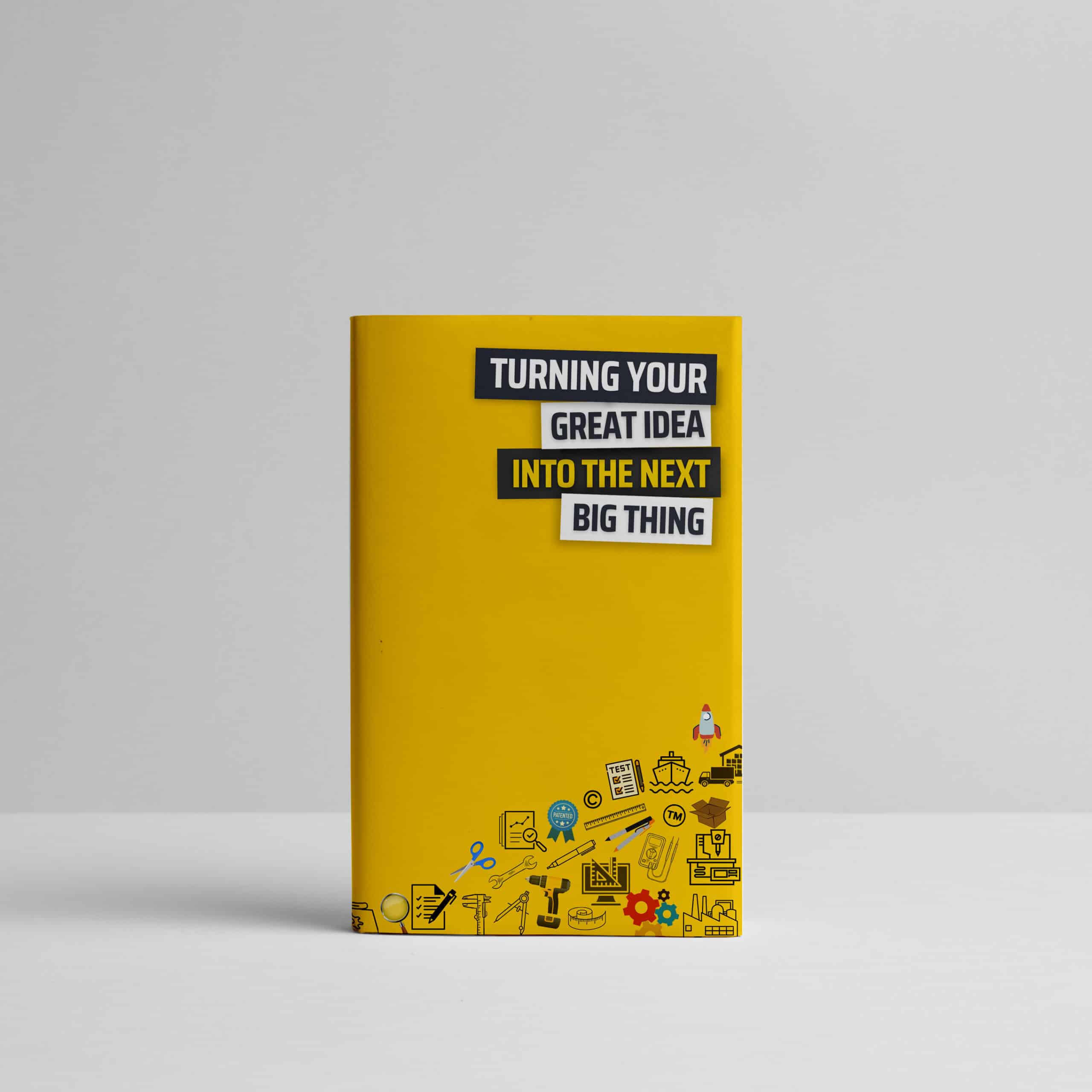
Serious about developing a product?
Having worked with hundreds of Start-Ups and SMEs we’ve learned a thing or so about getting a project off to the right start.
Don’t miss out on this invaluable guide to turning your idea into the next big thing!
